Welcome to today’s edition of Write & Lift.
If this is your first time reading, subscribe here.
Two quick things:
The third Write & Lift Book Club Podcast, featuring educator, personal trainer, and behavioral health professional Kayla Perry, is live. You can listen to the episode here or anywhere else you get your podcasts. Paying subscribers will have access to all weekly episodes and bonus episodes. Free subscribers will have access to certain episodes periodically.
Paid subscribers also have access to our weekly “No-Read” Book Club meetings on Saturday, 8:30 AM PST as well as other exclusive essays and book summaries. If you want to become a paid subscriber, upgrade your membership below. If you’re already a paid subscriber, check your email inbox Saturday morning for the Book Club meeting invitation. This week’s group discussion will be focused on the question: “Why do we feel alienated in the modern world?” We’ll be discussing Less Than Zero as well as Jonathan Haidt’s book The Coddling of the American Mind
What is “Vital” Art?
An understanding of vitality depends on understanding higher and lower emotional states. Lower emotional states pull our power and energy out of the world. They are dark, malignant, and animalistic. What power do these emotions serve: shame, embarrassment, fear, cowardice, jealousy, resentment, hopelessness, or misplaced anger? I am not talking about the recognition of lower emotions, but rather, the feeling of disconnection that often follows recognition. These emotions are an antithesis to the vital essence of our nature; what cultures throughout history have referred to as “vril”, “thumos”, “prana”, or “chi”.
Higher emotional states move us toward an ascendent recognition of truth. We are not “mere life” content to chew grass and be eaten by stronger predators. We are masters of the land. We are aware and move in constant motion toward our escalating potential. We carry the fire. Emotions associated with a higher order of life — vitality — are joy, strength, courage, love, will, confidence, and hopefulness; these are the energetic means by which we move life toward a greater purpose. This is aspirational. It is something that exists beyond ourselves.
Contemporary Artists Hate You
Most contemporary art, literature, and music seek to disconnect us from these higher emotions. It strays from an affirmation of power, truth, and beauty. This is partly because the modern artist has become consumed by a malignant disease of negativity. Instead of vitality and harmony, the contemporary artist seeks dissonance and absurdity. The “weirder” the better. The less defined by technique or skill the better. The more vulgar and grotesque the better.
Contemporary art is built on two pillars; the hatred of human potential and narcissistic grandstanding. What else can explain the difference between Gustave Dore’s depiction of heaven, and Marcel Duchamp’s celebrated urinal “sculpture”? While the vital artist seeks to explore the holy and transcendent aspects of nature that live beyond our limited capacity for understanding, the contemporary artist reduces art to smut; to a cheap joke that only they have the punchline too. They want you to ask the question: “What does this mean?” Because, for them, the idea of the symbol is enough to qualify as genius. It is the scribblings of a child.
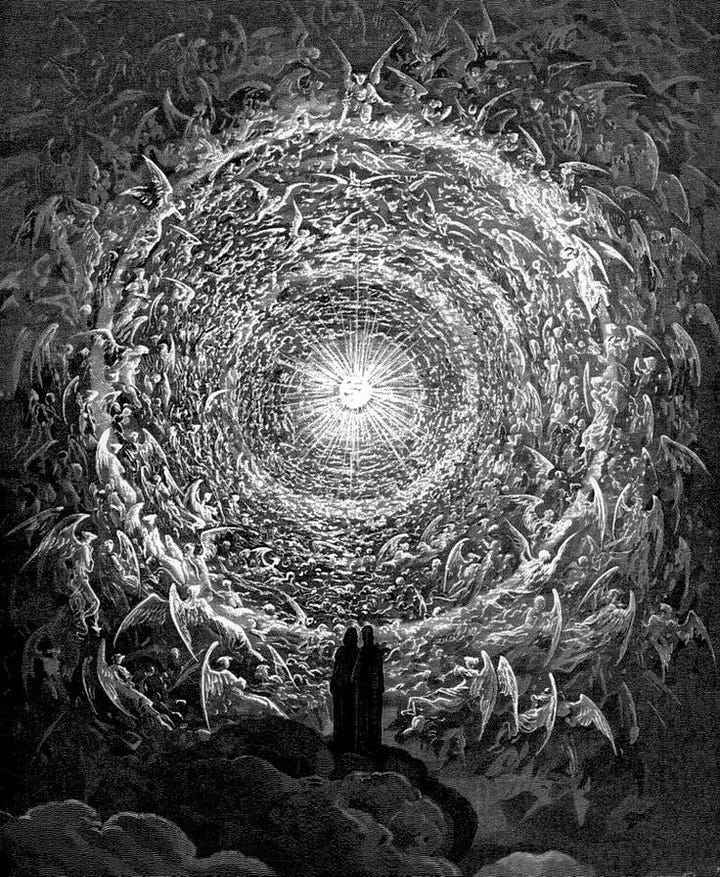
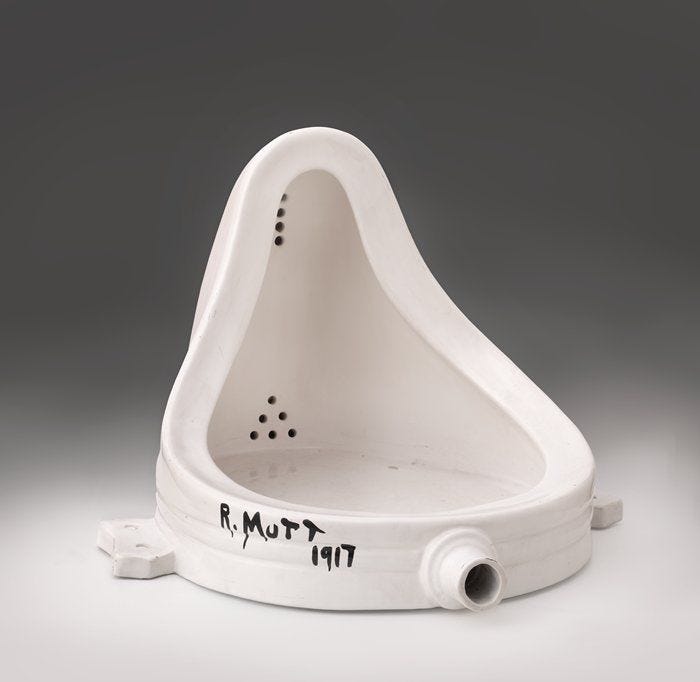
This type of art is most often associated with the archetype of the “tortured genius”. The type that mistakes their lack of vitality and energy for a philosophical understanding of the inherent “darkness” in humanity. This is why when we engage with modern art, we’re often left feeling empty, disconnected, and out of place. This is on purpose. Again, this is not a recognition of human failings; a lesson or tale that sets us on a path towards a higher form of energy and action, but a wallowing in negativity.
It is always easier to find fault than to find and embody truth. The activist can complain all day about modern life, but can they build a business? Do they have an understanding of how streets are paved, how electricity powers homes, or the complexity of engineering technology that heightens their quality of life? No. The modern artist, distracted by the smell of their farts, refuses to acknowledge the great chain that they are a part of. Human greatness and potential frightens them, because to recognize it, would mean acknowledging a flaw within themselves.
Expanding Energy
Vitalist art brings us toward truth. It fills us with a sense of energy and passion that simulates an externally expressed will. Think for example about the Art Deco architecture of the 1920’s. There is a recognition in the steel and stone of power and energy. In admiring this type of architecture, we feel a flame light inside of us: “Humans built that. In smelted steel and quarried stone, we fixed our eyes to the uninhabitable sky.” Vitalist art serves as a totem of this heroic truth we are given the choice to carry. This is a signpost, a recognition of power; a calling to all young and ambitious dreamers that great deeds merit great works, and a reminder that we are more than flesh suits content to eat, sleep, and procreate.
This does not mean vitalistic art should be severed from lower emotional states. Quite the opposite. Vitalistic art can, and should, warn us about the dangers of allowing our minds to be controlled by resentment, rage, jealousy, etc. But where the modern, dysgenic, artist obsesses with this darkness, the vitalist artist moves beyond it and shows us the path through. This means moving beyond the normal, the acceptable, and the mundane. The modern artist loves to paint pictures of “basket-weaver” society peasants, ugly people, and ugly objects. This is because the world is full of ugly things, and, to them, there is power in representing slice-of-life reality. This is dull and utilitarian. And like the concrete facade of Eastern Bloc brutalist apartments, it serves no purpose other than to store souls.
Vitalist art reflects the nature of will and power. There is an energy that fills you when you defeat an enemy, have sex with a woman, or bring esteem to your family or your community. For men, these acts increase dopamine and testosterone. This is the reward for escaping the shackles and looming death of nature. The artist has the power to show us the path beyond the ugly and artificial. They have the power to transcend and inject the feeling of vitality into us. If they so choose.
As always, thanks for reading
-Joe


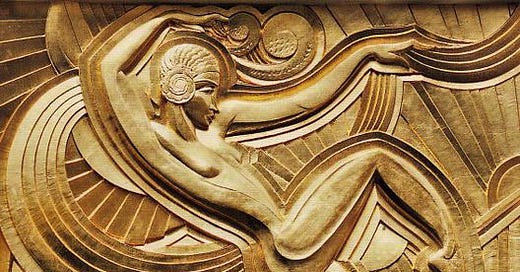



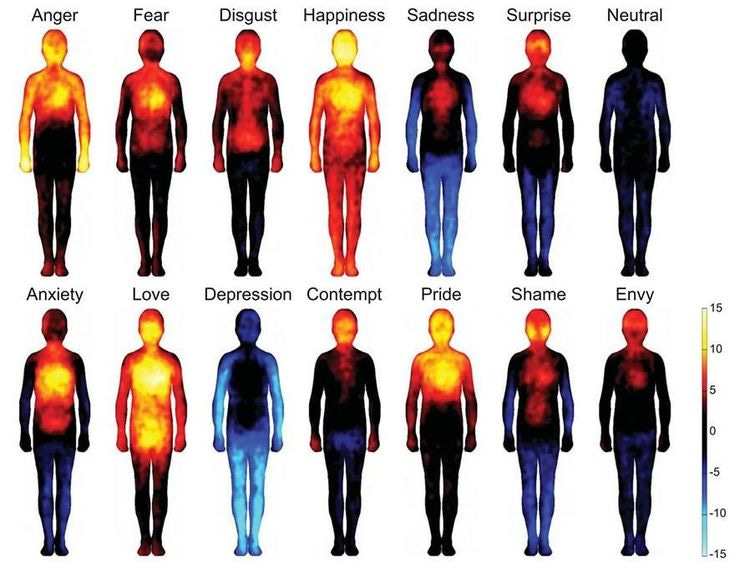
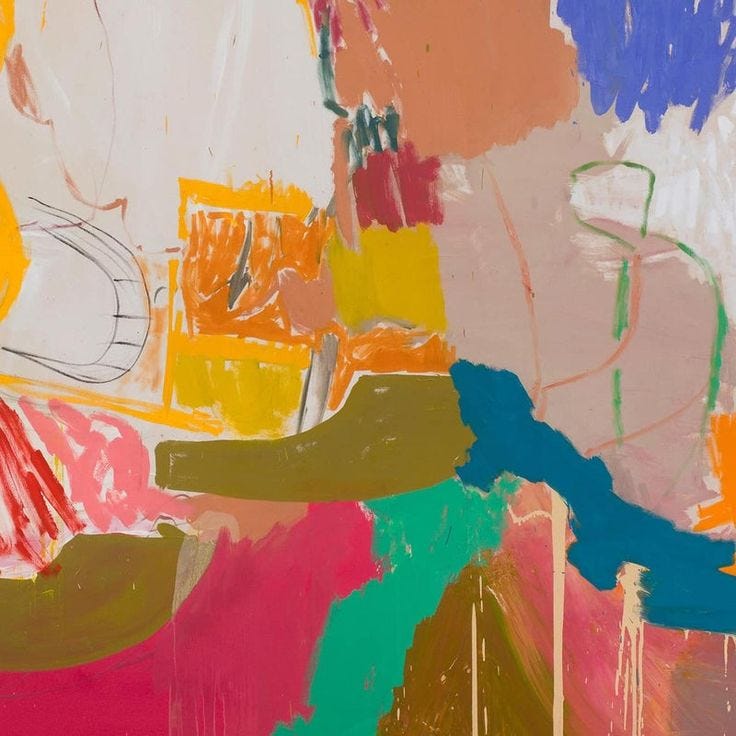
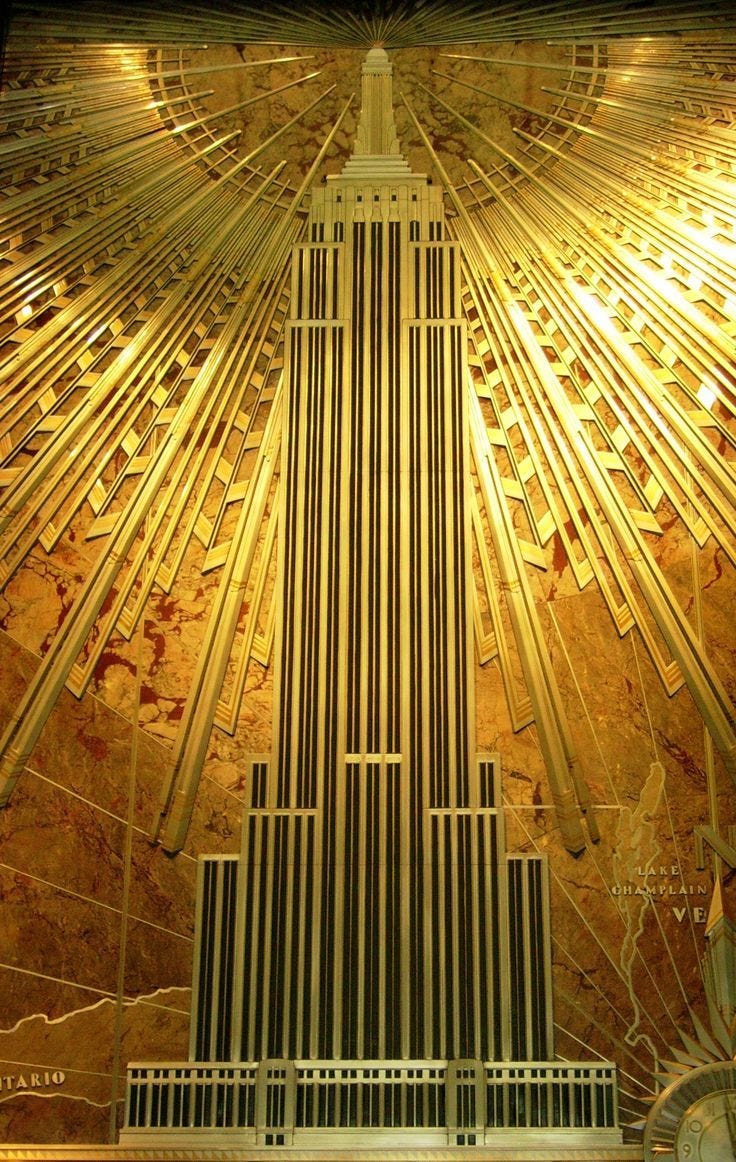

This was really wonderful, thank you. Excellent and thought provoking.